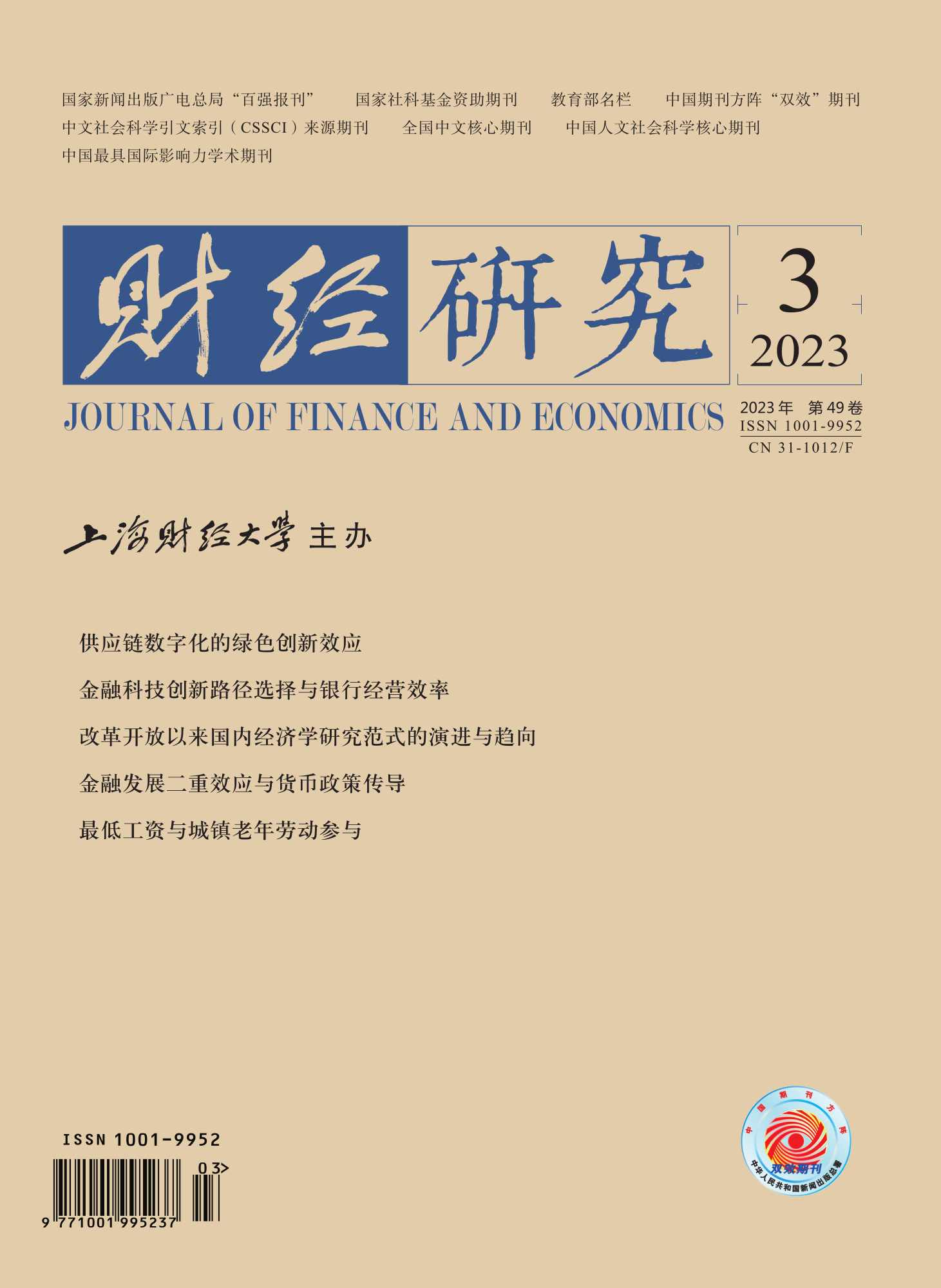Innovation is the primary driving force behind development. In the Internet era, innovation knowledge spillover is faced with two paradoxes: One is the increasing frequency of “online communication” and the decreasing opportunity of “offline communication”, and the other is the insufficient innovation effect of “codified knowledge” and the limited communication channel of “tacit knowledge”. By using the level of the Internet informatization and the construction of transportation infrastructure to measure the intensity of “online communication” and “offline communication” respectively, and collecting a sample of 283 prefecture-level cities from 2007 to 2019, this paper applies the spatial panel Durbin model to study the impact of online “codified knowledge” communication and offline “tacit knowledge” sharing on the quantity and quality of regional innovation. The results indicate that, after controlling the spillover effect of knowledge, “online communication” and “offline communication” cannot completely substitute each other. Although “online communication” can effectively increase the innovation quantity in local and adjacent areas, it has a limited effect on innovation quality. Only by combining the efficiency of “online communication” represented by the Internet informatization with the improvement of “offline communication” represented by high-speed rail construction, one can make the comprehensive utilization of “codified knowledge” and “tacit knowledge” to improve the quality of regional innovation.
The main contributions of this paper are as follows: First, it distinguishes the different transmission channels between “codified knowledge” and “tacit knowledge”, the former mainly through “online communication” and the latter through “offline communication”, and points out that the combination of “online communication” and “offline communication” is the key to solve the paradox of “knowledge spillover”. Second, it acquires data of transportation time and frequency between cities to capture the improvement of “offline communication” by weakening the geographical distance. Third, it applies the two-way fixed effect spatial panel Durbin model to analyze the spatial spillover from neighboring areas, and systematically investigate the effect of the Internet and transportation infrastructure on the quantity and quality of regional innovation.





 6059
6059  6178
6178

